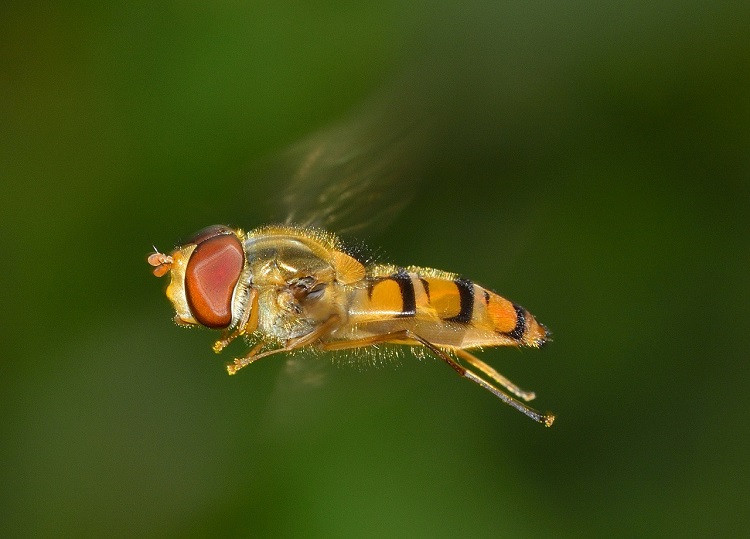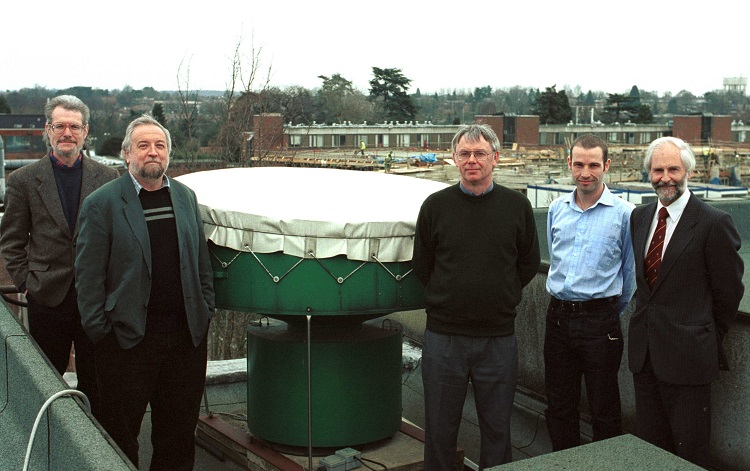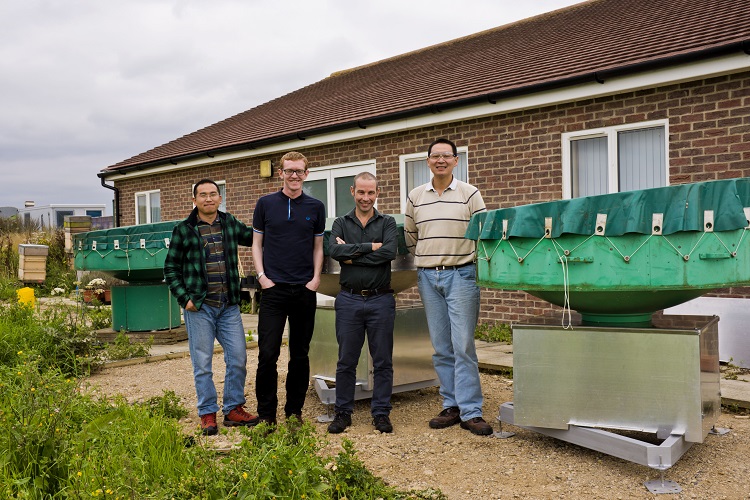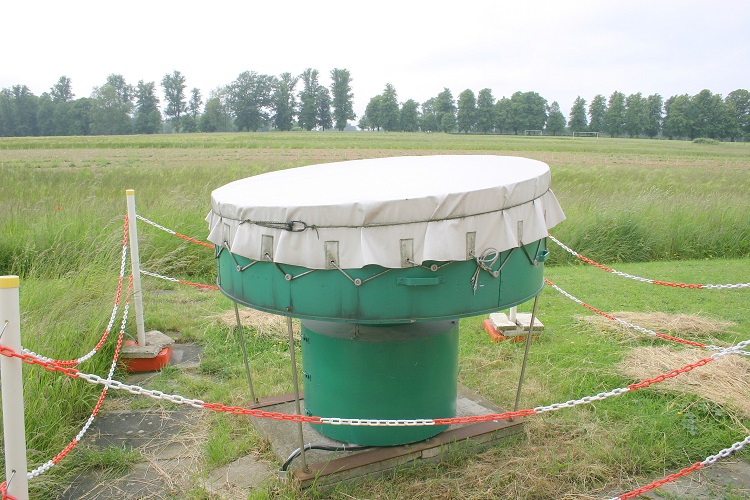
Invisible insects? The insects in question are not actually invisible, but they do fly high enough for their movement to have gone largely unnoticed. The huge numbers of insects – about 3.5 trillion each year – were recorded flying over the southern UK using a special-purpose vertical-looking radar invented by Professor Joe Riley and Alan Smith during their time at NRI in the 1990s. Their radar was the main technique used in a decade-long insect monitoring study. This long period of continuous monitoring made it possible to produce an overview of total numbers of insects and their ‘biomass’ or amount of living matter, which amounted to about 3,200 tonnes of insects per year. The analyses of this study, carried out by a multinational group of scientists from Exeter University, Rothamsted Research, NRI, and the Hebrew University and the University of Haifa, in Israel, were recently published in Science.
NRI’s Dr Don Reynolds, ecological entomologist specialising in insect migration and movement, is co-author of the Science paper. Dr Reynolds has over 40 years’ experience in the use of radar and aerial sampling techniques, and worked with Professor Riley and Alan Smith for over 20 years at NRI, focusing on the migration of economically-important agricultural pests in Africa and Asia.
“The technique used in this study is a special-purpose, autonomously-operating radar for continuous (day and night) monitoring of the high-altitude migration of medium-sized and large insects,” explains Dr Reynolds. The radar picked up flying insects between 150 and 1200 metres high, documenting thousands of mass migrations northward in spring and southward in autumn, suggesting that the insects know when and in what direction to migrate and pick favourable winds to do so.
 “The radar was envisaged as providing a powerful means of assessing long-term changes in the biomass and faunal diversity of insects, caused, for example, by environmental perturbations,” continues Dr Reynolds. “Now after over 10 years of operation this system has produced a classic data-set of the aggregate movement of insects into and out of southern England”. The resulting analysis, by Dr Gao Hu and Dr Jason Chapman (Exeter University) and others, is the subject of the Science paper entitled Mass seasonal bioflows of high-flying insect migrants.
“The radar was envisaged as providing a powerful means of assessing long-term changes in the biomass and faunal diversity of insects, caused, for example, by environmental perturbations,” continues Dr Reynolds. “Now after over 10 years of operation this system has produced a classic data-set of the aggregate movement of insects into and out of southern England”. The resulting analysis, by Dr Gao Hu and Dr Jason Chapman (Exeter University) and others, is the subject of the Science paper entitled Mass seasonal bioflows of high-flying insect migrants.
Dr Reynolds adds, “It is extremely gratifying that the original vision of Joe and Alan is now coming to fruition, and is producing a stream of novel and intriguing results, completely unobtainable by other methods”.
 Senior author, Dr Hu, from Nanjing Agricultural University, China, and a visiting scholar with Dr Chapman said, “Many of the insects we studied provide important ecological services which are essential for maintaining healthy ecosystems, such as pollination, predation of crop pests and providing food for insectivorous birds and bats.”
Senior author, Dr Hu, from Nanjing Agricultural University, China, and a visiting scholar with Dr Chapman said, “Many of the insects we studied provide important ecological services which are essential for maintaining healthy ecosystems, such as pollination, predation of crop pests and providing food for insectivorous birds and bats.”
Don Reynolds concludes, “If the annual flow of insects over a relatively cool maritime place like the UK is so large, the mind boggles at the enormous numbers which will be on the move in warmer climes, and consequent implications of this for tropical agriculture and ecosystem function.”
Links: Science paper | Dr Reynolds’ profile | Exeter University press release | Rothamsted Research press release

